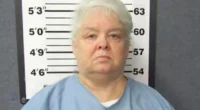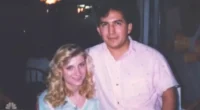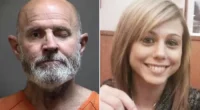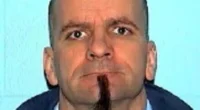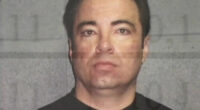In 1977, the death of 22-year-old Linda Jo Edwards left authorities bewildered by its horror. The perpetrator’s savage acts were likened to that of a “monster,” stirring immense disgust in the public. The suspect was later apprehended and sentenced to death. However, over the next two decades, the man continuously asserted his innocence.
Agonizing Death
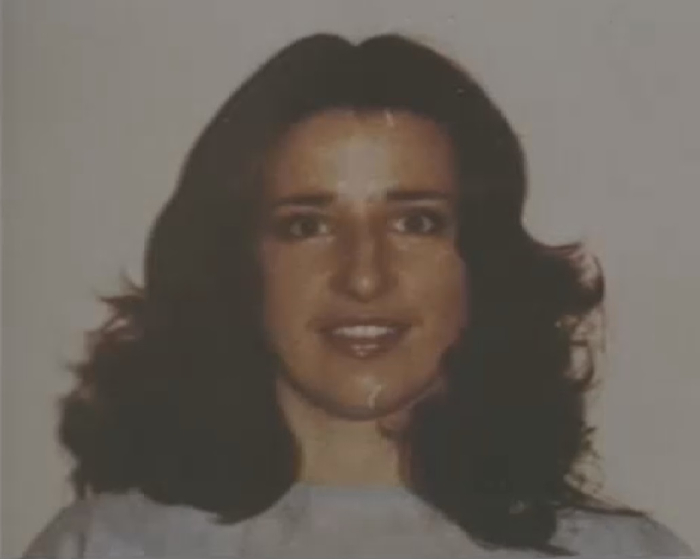
Linda Jo Edwards was a 22-year-old girl with brown hair and a tall stature. She grew up on a farm in Bullard, a small town located just south of the city of Tyler, Texas, USA.
After graduating from high school, she took a job as a secretary in the library at Texas Eastern University. In May 1977, she moved to live in an apartment complex for young singles. On weekends, Linda would go swimming, sunbathing, and socializing with friends. Those around her described her as lively, always making others feel comfortable in her presence.
On the morning of June 10, 1977, news of Linda’s gruesome murder in her apartment sent shockwaves throughout the city.
Investigators found Linda’s body lying on a black and red carpet, naked from the waist down. The autopsy revealed that the victim had been severely beaten on the head and stabbed over 20 times in the face, neck, chest, back, and pelvic bone.
Though no semen was found, authorities believed the victim had been sexually assaulted. One of Linda’s socks was missing, leading police to speculate that the perpetrator had used it to contain a portion of the victim’s body.
The case left authorities perplexed by its horror. It was the most heinous crime ever committed in Southern California. The perpetrator’s brutal actions were likened to that of a “monster,” stirring immense disgust in the public.
Secret Affairs
Since there were no signs of struggle on Linda’s body, police suspected she might have known the perpetrator.
Linda’s roommate told investigators that when she returned from her date around 12:45 a.m. that morning, she saw a slender, suntanned man in Linda’s room. She speculated that it was James Mayfield, Linda’s lover. He had silver hair of similar length to James and was wearing white shorts, resembling James’s tennis attire.
Before investigators could issue a summons, James Mayfield drove to the police station to report himself later that afternoon.
James was Linda’s colleague at Texas Eastern University, working as a librarian. In his interrogation, James admitted to secretly having an affair with Linda, who was half his age. The affair lasted 17 months, but James claimed it had ended three weeks prior.
The father of three children stated that on the night of the murder, he was at home with his wife and 16-year-old daughter. The daughter confirmed this, also expressing dislike for Linda.
At that point, the police also posited that such a savage murder could not have been committed by a family man, a teenage girl, or a roommate.
Three days after the murder, the investigative team sought the assistance of a criminal psychologist to help them profile the killer.
Portrait of the Suspect
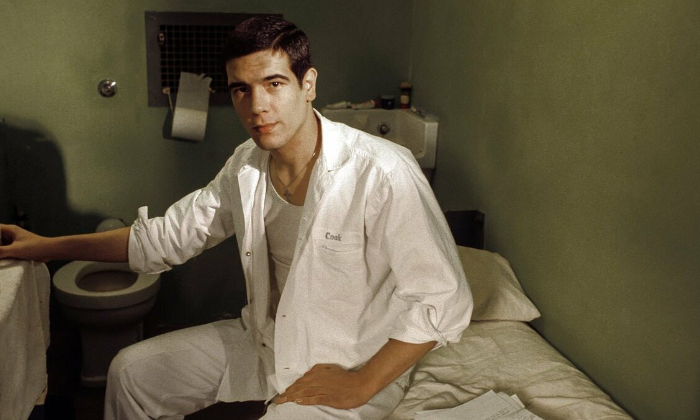
Three days after the murder, the investigative team sought the assistance of a criminal psychologist to help them profile the killer.
Drawing on expertise in criminal cases and after scrutinizing crime scene photos, visiting the victim’s apartment, and combining the autopsy results, the expert provided a sketch of the killer.
He was described as a man aged 18-30, possibly homosexual or bisexual, potentially addicted to drugs, physically weak, and certainly introverted. He suffered from “hostility disorder” towards women. He might have had an “unusual relationship” with his mother and frequently visited doctors due to extreme anxiety.
Armed with this information, the police began visiting households, interviewing residents, and obtaining fingerprints from every male.
When no match was found with the murderer’s profile and no fingerprints matched those found in Linda’s apartment, the investigative agency had to publicly appeal for information from the public in the hope that someone might have information about the killer.
Subsequently, on August 2nd, a truck driver living in the same apartment complex as the victim met with the police to provide them with information about a suspicious man. He stated that back in April, he had allowed a friend to stay over, and by early June, during the time of the murder, he had returned for another visit.
According to the driver, this man matched some of the characteristics in the criminal profile. He was 21, bisexual, and had left town a few days after Linda’s death. His name was Kerry Max Cook.
The Suspicious Man
With this new information, the police immediately delved into the investigation. They found that Kerry had a criminal record. Crucially, Kerry’s fingerprints matched one found on Linda’s apartment door. Kerry was promptly arrested.
Kerry Max Cook, born in 1956, was a long-haired troublemaker, fond of drugs and various sexual experiments. He grew up in Europe and in 1972 his family moved to Texas, USA.
Kerry was a rebellious teenager, often quarreling with his parents, leaving home multiple times, dropping out of school in 10th grade, and being arrested several times as a juvenile. After serving his sentence, Kerry wandered and danced in gay clubs. Kerry also visited the hospital three times. The doctors there diagnosed Kerry with “depression due to circumstances.”
Kerry denied any involvement in the murder, claiming he didn’t even know the victim. Explaining his fingerprint on the victim’s door, Kerry said he sometimes leaned on the door to get a better look when he saw Linda changing clothes. This testimony was corroborated by two grandsons of the person he was staying with. They stated they often visited and heard Kerry talk about seeing Linda naked while changing clothes.
However, investigators remained suspicious of Kerry’s claims. Besides the fingerprint, this man perfectly fit the descriptions of the murderer provided by experts.
Suspicious Leads
Despite the suspect Kerry Max Cook consistently denying any involvement in the horrifying death of Linda Jo Edwards, even claiming not to know the victim, investigators remained skeptical of his assertions. Besides the fingerprints found on the victim’s apartment door, this young man perfectly fit the descriptions provided by experts of the murderer.
Furthermore, on the night of the murder, a hairstylist named Robert Hoehn told the police that he had spent the entire evening with Kerry and that the two engaged in sexual activities at the apartment of a friend where Kerry was staying. However, throughout the evening, Kerry was unable to perform sexually. During this time, they also watched the movie “The Sailor Who Fell From Grace With the Sea,” which included a scene depicting the dissection of an animal.
Later, Robert left with Kerry and dropped him back at the apartment complex around 12:30 a.m. before leaving. Investigators concluded that Kerry had more than enough time to kill Linda before her roommate returned. Meanwhile, Kerry could not provide an alibi.
At that time, Linda’s roommate also expressed uncertainty about her previous statement. Earlier, she had claimed that upon returning from her date around 12:45 a.m. that morning, she saw a slender, suntanned man in Linda’s room. She speculated that this was James Mayfield, Linda’s lover.
In addition, while in custody, a prisoner named Edward Scott Jackson claimed to have heard Kerry confessing to brutally murdering Linda.
The Death Row Oath
All these details were presented at Kerry’s trial in June 1978. The prosecutor accused Kerry, a sexually frustrated young man aroused by the gruesome scene in the movie they had just watched, of breaking into Linda’s apartment and raping her. Afterward, Kerry killed her, dismembered some parts of her body, and stuffed them into her socks before taking them away.
Kerry’s parents hired two lawyers to defend their son. Despite their best efforts to refute the prosecutor’s hypothesis, their efforts were shattered by the crime scene photos. Moreover, they couldn’t afford to hire their own forensic experts. Sixty gruesome photos presented caused outrage among all present at the trial, and Kerry was labeled a “sick perverted freak.”
A psychologist called Kerry a “serious psychopath,” someone with deviant tendencies. A psychiatrist declared Kerry an “extremely serious” threat to others.
As the jury pronounced Kerry guilty and sentenced him to death, the young man broke down in tears. Before being led away in handcuffs and tears, Kerry still asserted his innocence. “One day, I will prove that I didn’t do it. Even if it takes 10 years or 20 years, I will still do it,” Kerry vowed.
A Horrifying Life
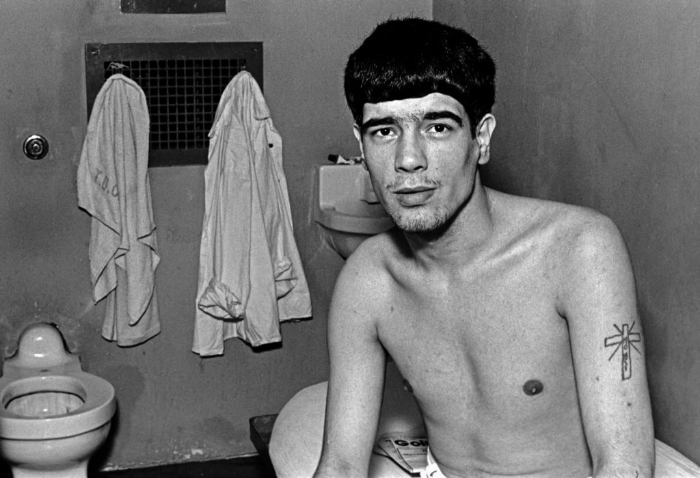
Two months after Kerry Max Cook was sentenced to death for the murder of Linda Jo Edwards, his former cellmate who had testified against him suddenly recanted his statement. In fact, Kerry had never spoken to him about the murder. He claimed that his murder charge had been reduced to manslaughter after agreeing to testify against Kerry. This contributed to Kerry being sentenced to death.
Meanwhile, Kerry endured a horrifying life in prison, being sexually assaulted by inmates and forced to serve other prisoners.
During his days in prison, Kerry fell into despair, only sending letters proclaiming his innocence everywhere and studying law books. Sometimes, he would use makeshift knives to cut himself just to feel something other than despair or to be transferred to another hospital or cell.
In December 1987, the Court of Criminal Appeals upheld Kerry’s original sentence. At the same time, Kerry received news that his brother had been shot dead. It was all too much for Kerry to bear. After being sexually assaulted once again, Kerry attempted suicide with a makeshift knife.
He was taken to the psychiatric ward. Close to the execution date on July 8, 1988, Kerry attempted suicide once again. “I am truly innocent,” he shouted, then used a knife to cut his arms, legs and throat, but doctors promptly saved his life.
One of the letters Kerry sent during the waiting period for his execution was a 61-page handwritten plea to Jim McCloskey, the founder of Centurion Ministries, a nonprofit organization working to exonerate wrongly convicted individuals, having helped 9 prisoners receive clemency.
In the letter, Kerry detailed his life, including drugs and alcohol, prison escapes, and tense relationships with his parents… Kerry said he had done many foolish things but swore he did not kill Linda. The letter impressed Jim McCloskey greatly.
Flaws in the Investigation
When approaching the case, Jim McCloskey and his organization quickly noticed many flaws. The police never found the murder weapon, nor did they ever send the victim’s clothing to the lab for examination.
They also asked: Why did the police quickly overlook the adulterous man, James Mayfield, while the description of the perpetrator also matched him?
Moreover, James and Linda’s relationship at the time was quite tense. Just a month before the murder, James had left his wife and children to live in an apartment with Linda. However, only 4 days later, James returned to his wife. This led Linda to attempt suicide, creating a notorious scandal that caused James to be fired from his librarian job.
The police also never searched James’s 7 cars, house, or the apartment he shared with Linda. They also never questioned James’s wife or any colleagues at the library. When the police requested James and his daughter to take lie detector tests, James’s lawyer objected. The investigators subsequently dropped the request.
From these suspicions, Jim McCloskey began doing what the police didn’t: interviewing over 50 people, including friends, neighbors, relatives, and colleagues of James. From there, many secrets of this man were revealed. Apart from Linda, James was also having an affair with at least one other woman. Additionally, acquaintances all said he had a “fierce temper.”
Library staff said Linda “idolized James” and had repeatedly declared she would do anything to get James back after he returned to his wife. On the day she was murdered, she surprised James by coming to his home to talk to the couple, just a few hours before her death. “We were all frightened at the library after the murder because we suspected James had killed Linda,” a colleague of both said.
Another colleague said that after the murder, he found a book on sexual crimes in the library, describing the female victims of brutal crimes, similar to Linda’s injuries. James had ordered this book himself.
Key Clues
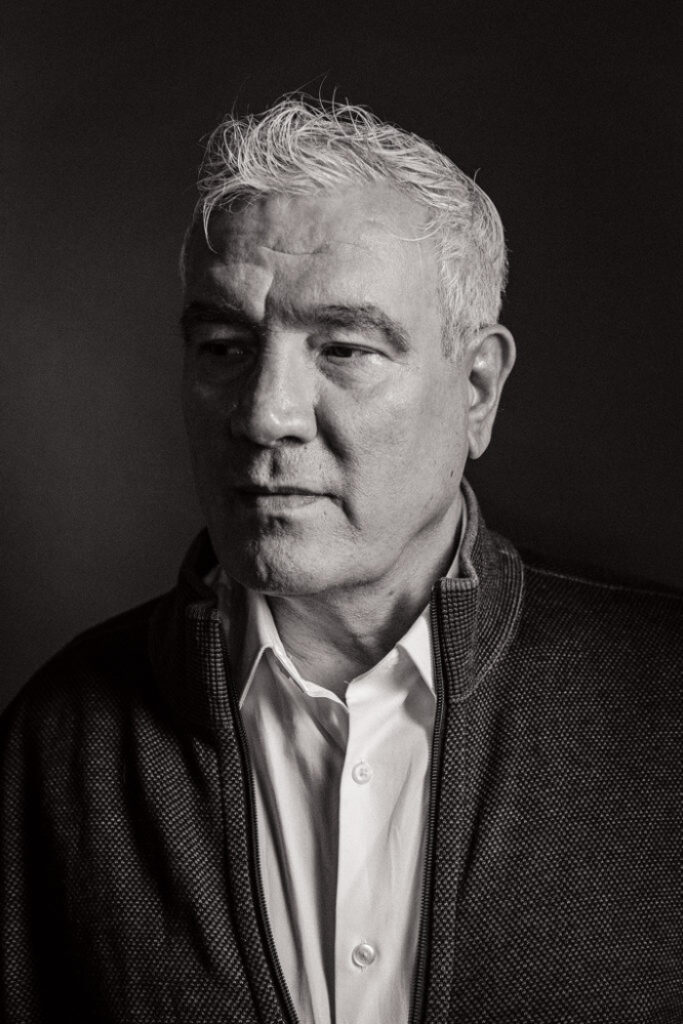
As Jim McCloskey, the founder of Centurion Ministries, a non-profit organization dedicated to exonerating wrongly convicted individuals, approached Kerry Max Cook’s case of murdering Linda Jo Edwards, he discovered too many new clues revealing flaws in the investigation. Jim McCloskey and his lawyer presented a report of over 200 pages outlining 55 errors.
In November 1992, Kerry Max Cook’s second appeal trial took place. The trial was moved to be held at the Williamson County Courthouse, over 300 km away, due to its notoriety in Tyler County, where the case occurred.
Entering the courtroom, Kerry, with graying hair at the age of only 36, was filled with hope. However, the death row inmate, along with those who had supported him, quickly became disappointed when the judge announced a series of rulings, including not allowing any witnesses to testify. In the end, the jury dismissed all evidence of the collected investigative shortcomings over the years.
Kerry cried once again but continued to assert that he would never give up. The appeal outcome at this trial also did not bring any different result. Kerry was sentenced to death for the second time.
His lawyers then continued to file appeals summarizing the errors in the investigation to higher authorities. Eventually, their efforts paid off. In November 1996, the Supreme Court declared that the prosecution and police had misconduct. Kerry was allowed to be released on bail.
In February 1999, before the fourth appeal trial and also more than 20 years after the case, investigators discovered crucial new evidence. It was semen on the victim’s underwear. At this point, Kerry received a plea offer from the court.
According to the offer, if he pleaded guilty to murder, Kerry would only receive a 20-year sentence. And now, because he had exceeded the prison term, Kerry would be released immediately. However, if he did not accept this option, Kerry could face the possibility of execution. Kerry then accepted the plea deal. He feared failure as in previous times.
The Quest for Justice
Not long after, DNA results confirmed that the semen on the victim’s underwear belonged to Linda’s lover – James Mayfield. However, the prosecutor argued it could have been there weeks before the victim’s death.
However, the media was not satisfied with this explanation. They continued to report on the matter. Kerry, along with his story, became known worldwide.
However, with a murder conviction on record, Kerry’s life after exoneration faced many difficulties. Many times he had to move after neighbors discovered his past. Kerry was acquitted, but that wasn’t enough. He wanted to be exonerated.
The Innocence Project, a national non-profit organization, with the help of DNA testing, had successfully exonerated over 300 individuals and decided to help Kerry. They filed a petition to have DNA evidence from the crime scene tested. If the test results showed someone else’s presence at the scene, Kerry could be acquitted.
The results showed no DNA of Kerry on anything at the crime scene. The DNA on Linda’s underwear was still concluded to be James Mayfield’s. In September 2015, Kerry and his lawyers filed a request to overturn the old conviction based on DNA evidence.
On June 6, 2016, Kerry Max Cook, now 60 years old, dressed in black, with short silver hair, dark circles under his eyes, and filled with anxiety, entered the courtroom.
Moments later, the judge emerged, reading a statement of non-prosecution for Murder against Kerry. It took nearly four decades for Kerry to achieve this, but it didn’t satisfy him. Kerry wanted the legal system to recognize him as “truly innocent.” This also meant that prosecutors and judges had to admit their mistakes.
Kerry’s lawyers advised him to be content with the dismissal of charges, but Kerry said, “Think of what I had to endure in prison, I cannot compromise with this half-freedom.” And Kerry Cook’s journey to find the verdict of “truly innocent” is still ongoing.

